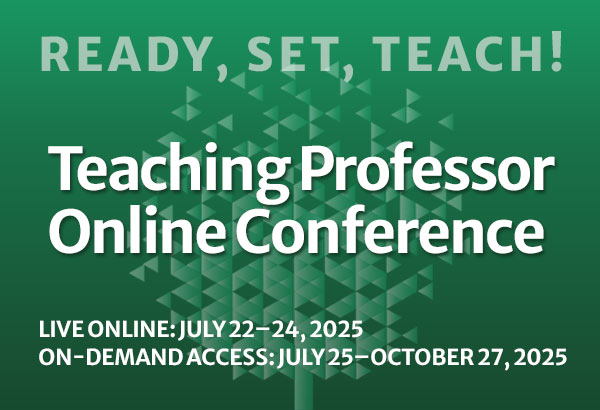
Increasing Response Rates: What Strategies Work with Online Course Evaluations?
Student course evaluation data are being collected online for reasons difficult to argue against. The online administration process is standardized, it saves money (no paper costs), no class time is lost to collecting the data, feedback can be provided efficiently and without error, and students









